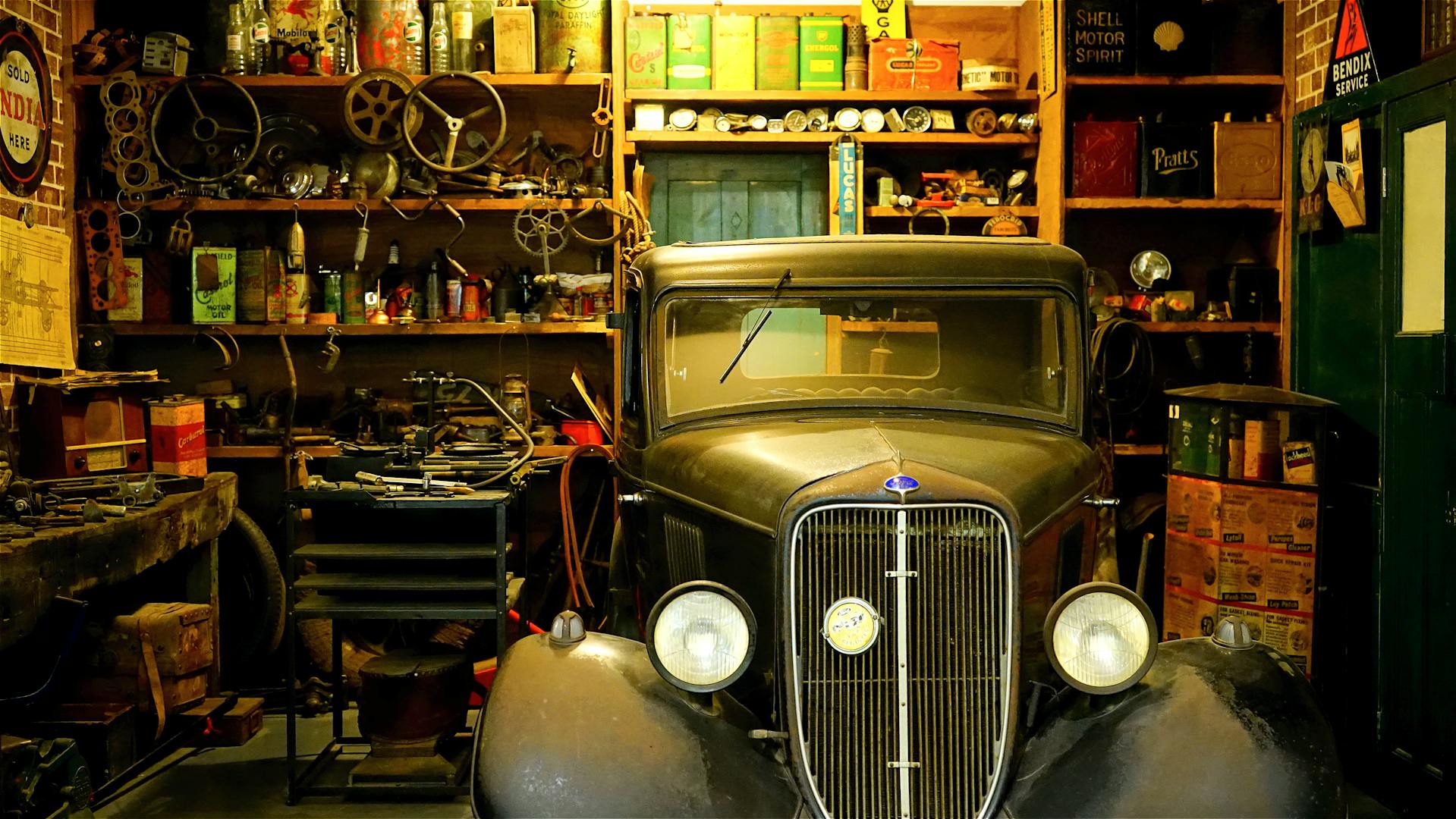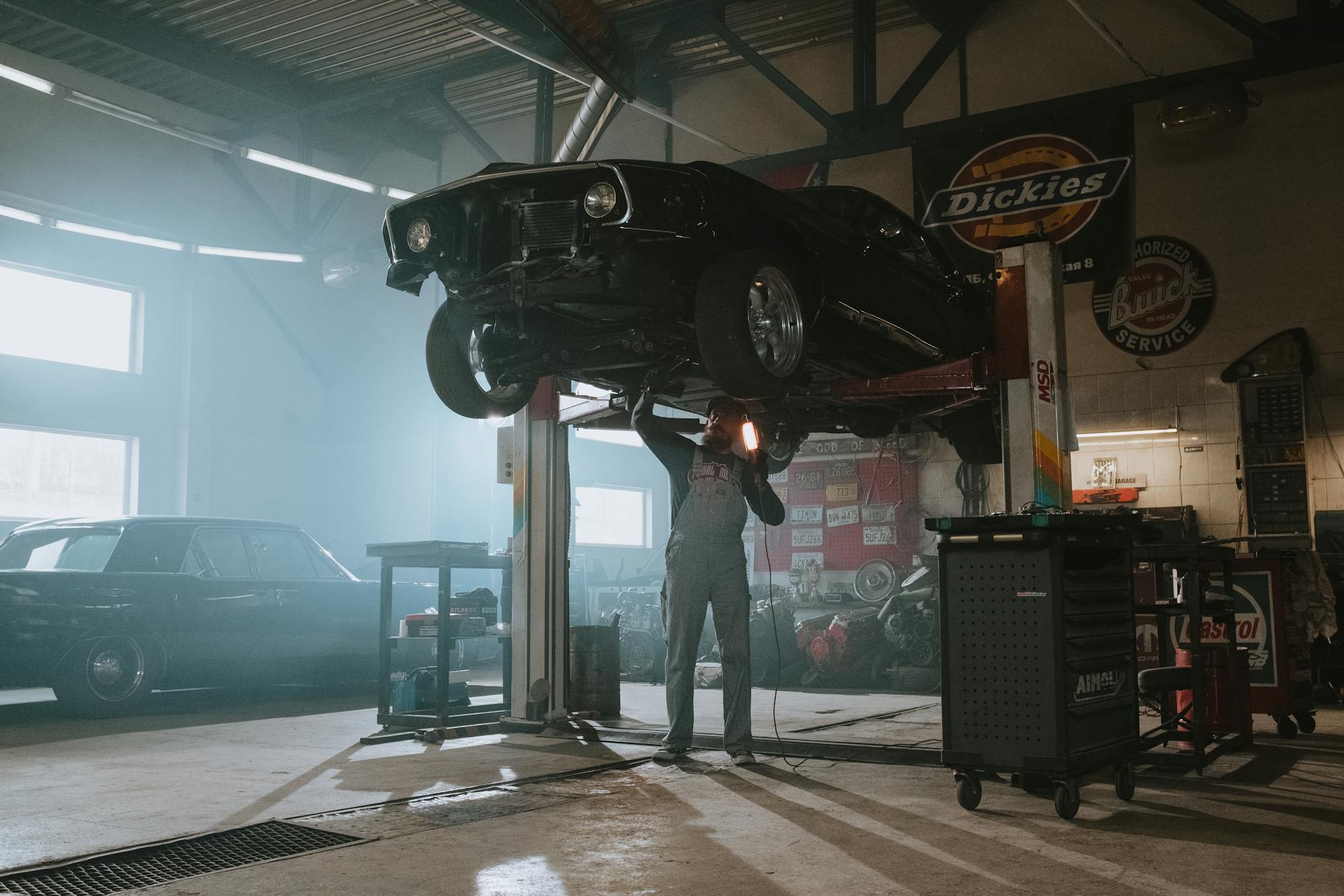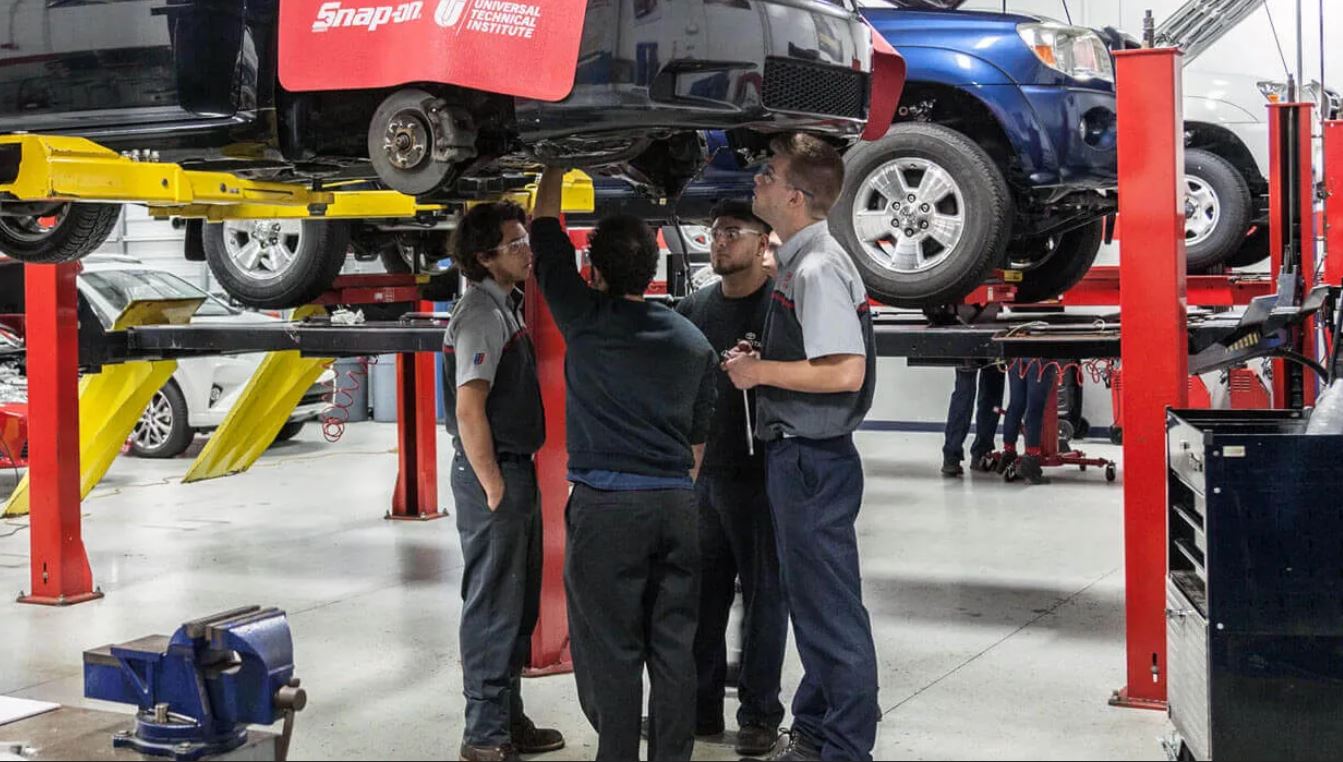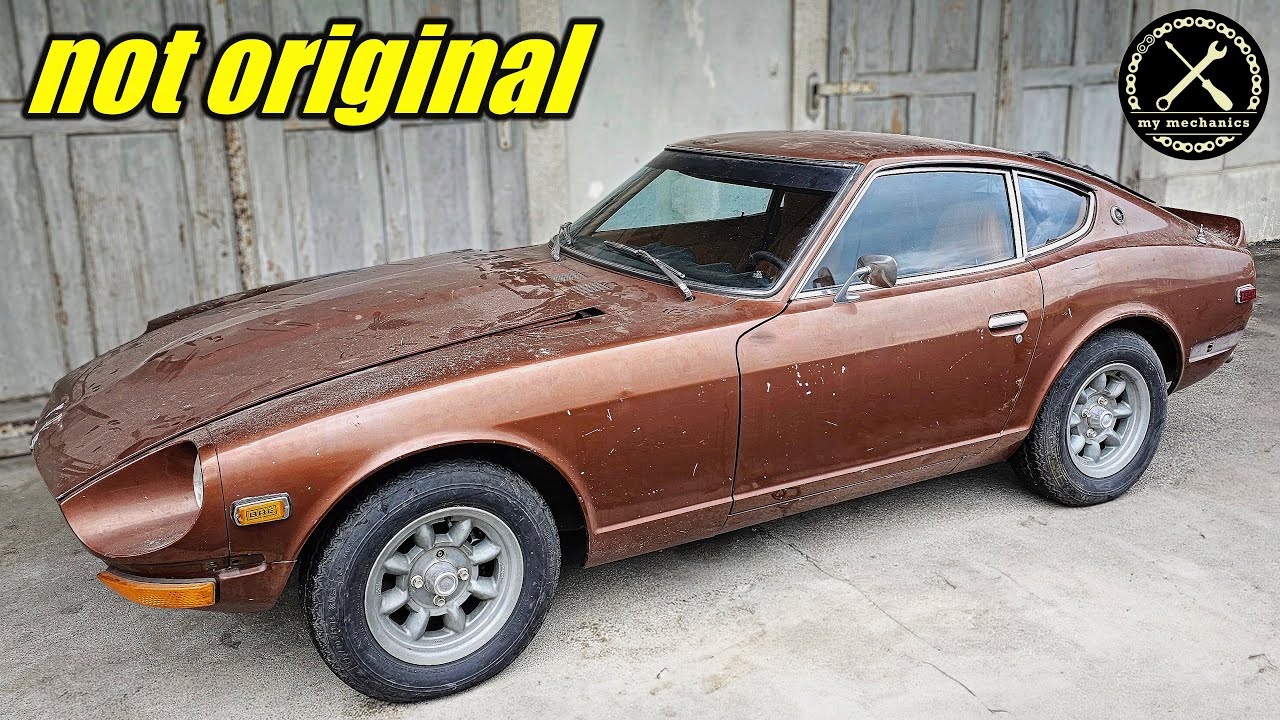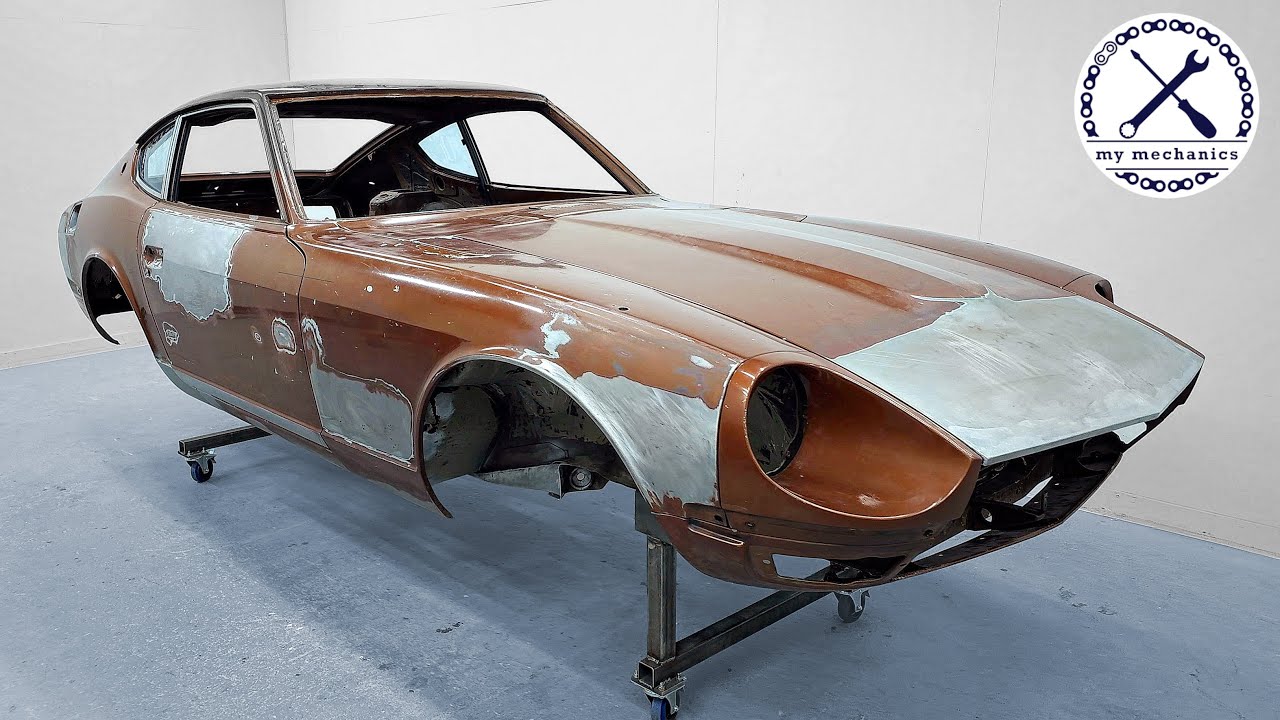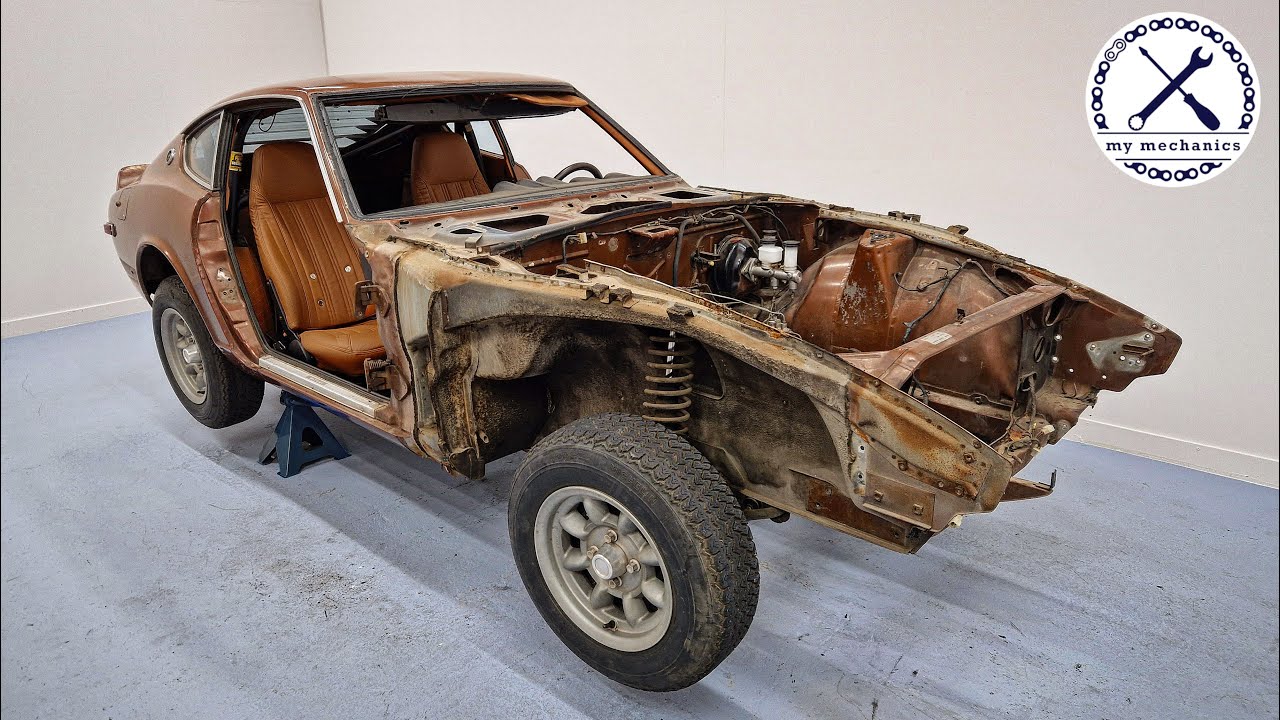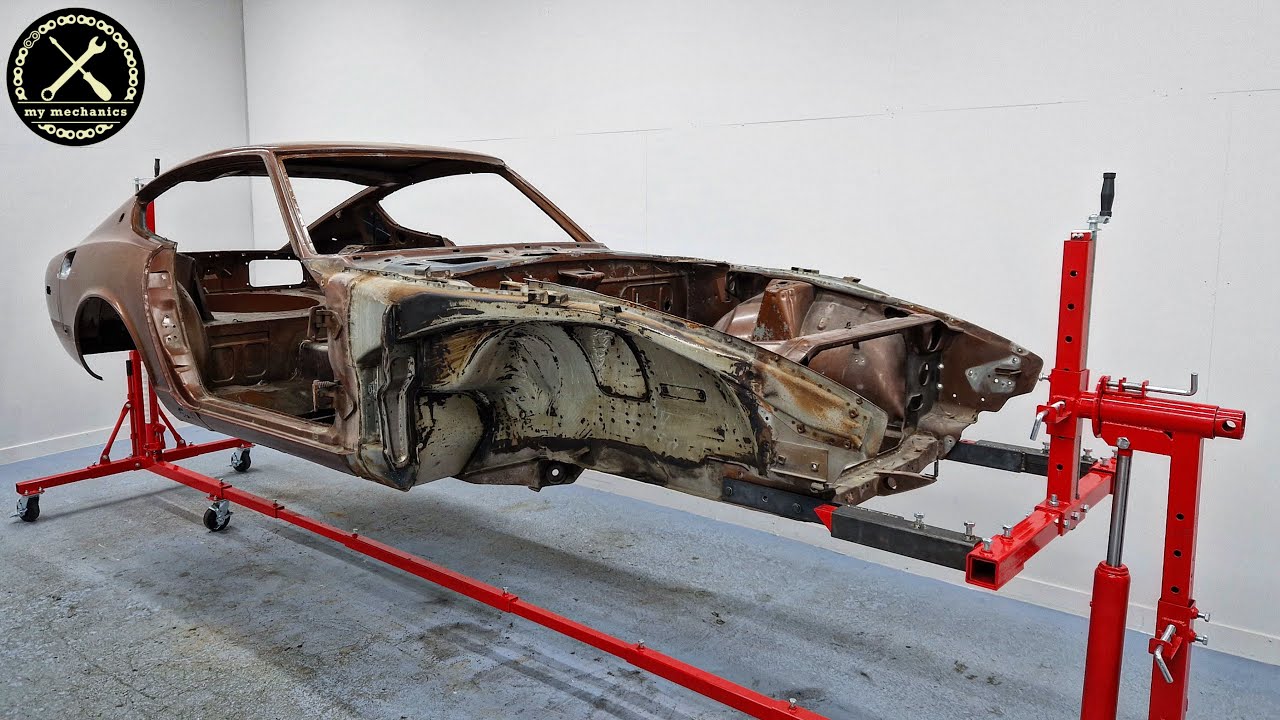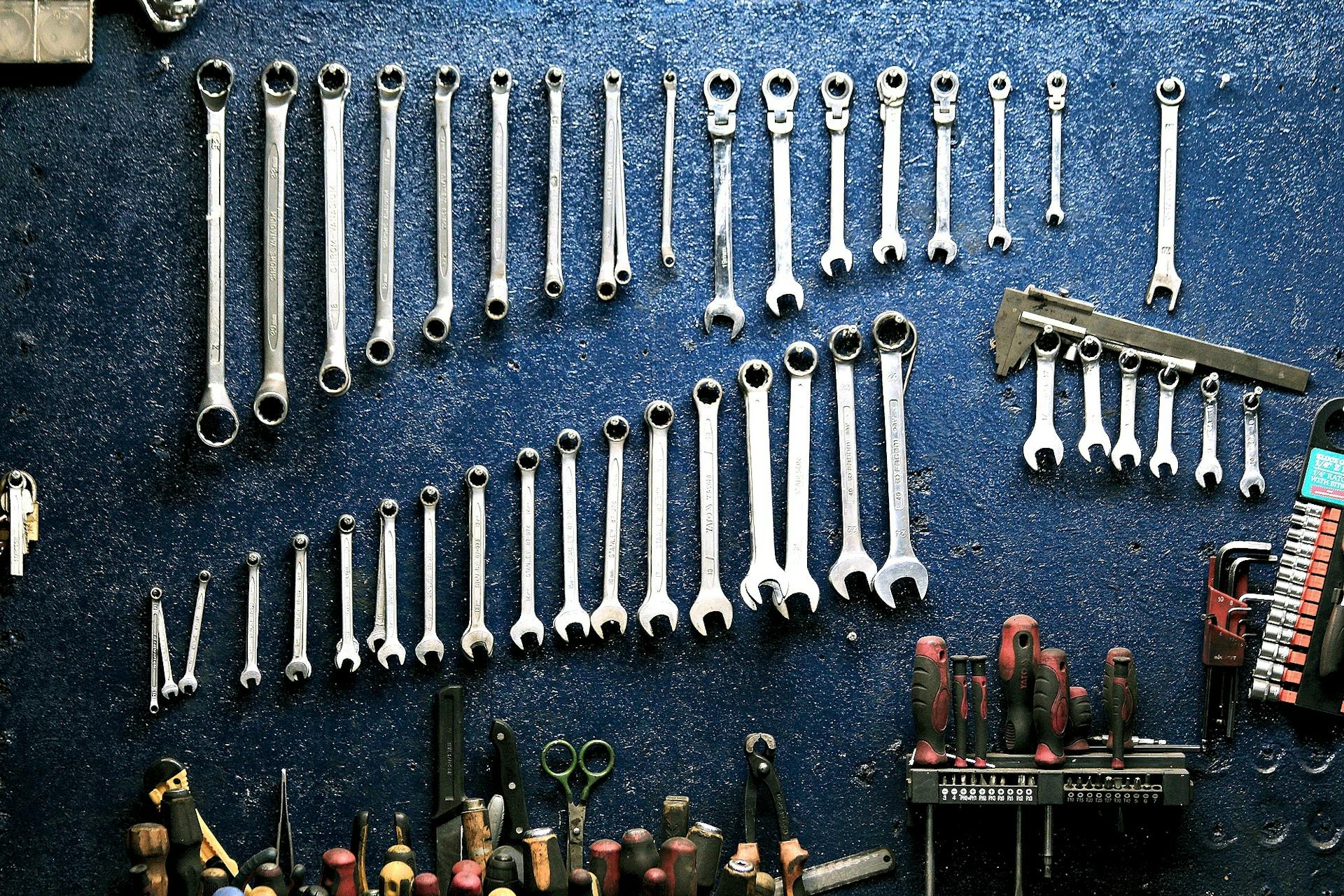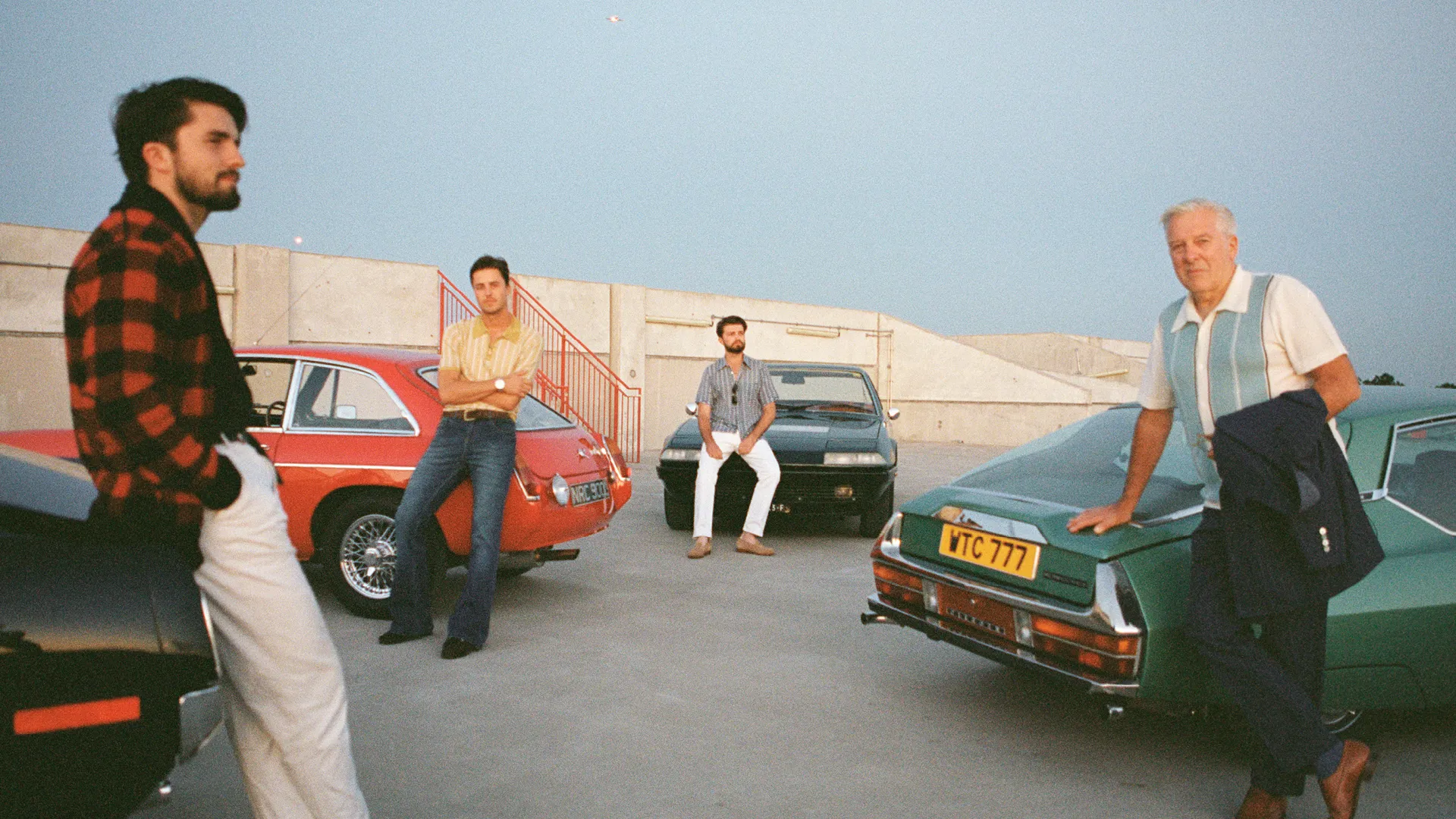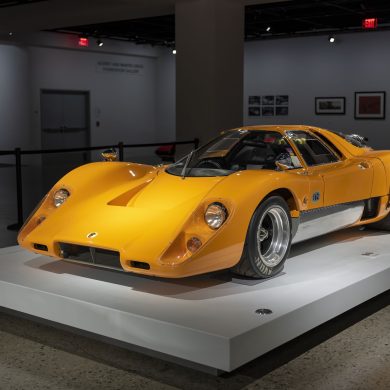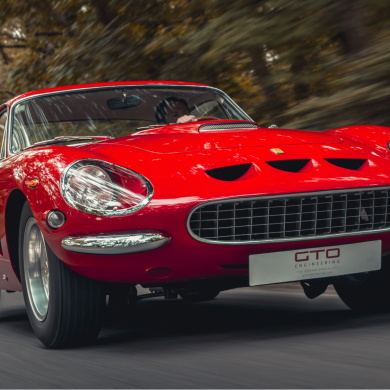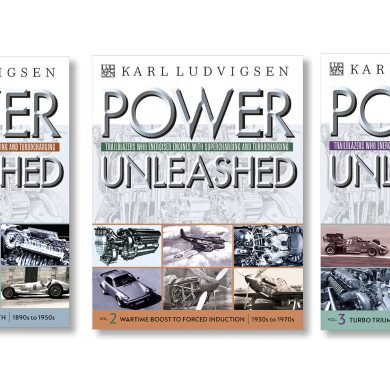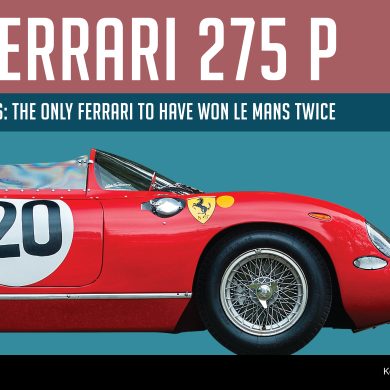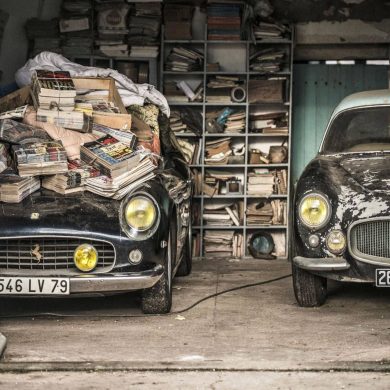Restoring classic cars is a captivating journey that entails reviving a piece of history, and preserving the artistry and innovation of a bygone era. For many, this endeavor is a passionate hobby that brings immense satisfaction as they breathe new life into vintage vehicles, transforming them into gleaming symbols of automotive heritage.
The appeal of classic car restoration lies in the unique stories each vehicle tells and the meticulous process of bringing them back to their former glory. Whether driven by a love for vintage automobiles, the challenge of mechanical work, or the joy of preserving history, the journey requires careful planning, skillful execution, and a deep appreciation for the past.
The promise of a glorious ride can be enticing but it can also present a challenge for starry-eyed enthusiasts who have limited experience in the world of car restoration. It’s not just any old repair job but will test your innovation and grit.
What should a beginner consider (and trust us, there’s a whole lot more than what we cover here) if they’re going to restore a car? Let’s learn a bit more.
Restoring Classics vs Working on Modern Cars
Restoring a classic car and a modern car involves distinct differences primarily due to the availability of parts, technology complexity, and overall objectives. Classic cars often require hard-to-find or custom-fabricated parts, whereas modern car parts are more readily available through dealerships and online stores.
The technology in classic cars is generally simpler, involving more mechanical work, while modern cars require specialized diagnostic tools and knowledge of advanced electronics and computer systems.
Credit: Pexels / Cottonbro Studio
The goals and challenges of each restoration also differ. Classic car restoration focuses on preserving historical value and authenticity, often requiring period-correct parts and finishes. In contrast, modern car restoration may prioritize performance upgrades and customization, adhering to current emissions and safety regulations.
For those who are particularly tech savvy and aren’t tied to restoring a vehicle to original form in its entirety, you might choose to incorporate modern bells and whistles into your ride which presents an additional layer of complexity (i.e., you’ll have to fab those custom interior pieces and make sure there’s enough room for the installation of said parts). Practical upgrades like a GPS tracker for vehicles can also be considered, giving owners peace of mind by blending vintage style with modern-day security.
While both types of restoration can be costly, classic cars have the potential for higher returns on investment due to their historical significance. The community support for classic car enthusiasts is robust, with many clubs and forums dedicated to specific makes and models, while modern car communities often focus on performance enhancements and contemporary modifications.
Things to Consider
Credit: Universal Technical Institute
You’ll need to learn new skills
“Anyone who stops learning is old, whether at twenty or eighty. Anyone who keeps learning stays young.” – Henry Ford
Restoring a classic car encompasses a wide range of tasks, some familiar and others potentially new. Beyond traditional mechanical work, you’ll need to master skills like bodywork, welding, painting, electrical systems, and basic upholstery, depending on the extent of the restoration you want to handle yourself.
Where can one learn some of these skills?
The most accessible route is through online sources such as fellow car club members as well as Youtube tutorials. For a more professional route, some institutions may offer courses which provide thorough, hands-on instruction.
To give you an extreme idea of what a restoration project would look like and the aspects involved, MyMechanics, a popular YouTube channel, has embarked on an ambitious restoration project involving a classic Datsun 240Z. This series takes viewers through the comprehensive process of bringing this iconic sports car back to its former glory, showcasing the dedication and detailed craftsmanship required.
Credit: Youtube / MyMechanics
The project begins with an overview of the car’s condition and the planned restoration steps. The Datsun 240Z, known for its sleek design and performance, is stripped down to its core components to assess the extent of work needed. The series covers extensive bodywork, including rust removal, panel replacement, and preparation for painting. The meticulous attention to detail is evident as the restorer tackles both visible and hidden issues, ensuring the car’s structural integrity and aesthetics are restored to perfection.
Credit: Youtube / MyMechanics
Credit: Youtube / MyMechanics
Credit: Youtube / MyMechanics
As the project progresses, MyMechanics delves into the mechanical aspects, rebuilding the engine, updating the suspension, and addressing electrical systems. Each video in the series provides a step-by-step guide, making it educational for both novice restorers and seasoned enthusiasts. This restoration project not only breathes new life into a classic car but also preserves a piece of automotive history for future generations to appreciate.
Good tools will go a long way
“The bitterness of poor quality remains long after the sweetness of low price is forgotten.” – Benjamin Franklin
If you don’t own a set of good automotive tools, this is one area where you’ll want to invest. For starters, a decent set tools is absolutely essential – socket sets, screwdrivers, hammers, jack stands, floor jacks, and so forth.
Credit: Pixabay
Power tools are a staple of any garage so you’ll also want to consider tools such as impact wrench, drills, and a grinder. For classic car restorations, rust is usually presents a challenge so welding tools (e.g., MIG welders) can be immensely useful to have in the tool kit.
Look for reputable brands that offer warranties, as this often indicates reliability and longevity. Consider the specific needs of your projects; ensure you have the appropriate sizes and types of tools for those vehicles. Additionally, purchasing tools gradually can help spread out the cost, allowing you to invest in higher-quality items over time.
Make friends and join a group
“Friendship is born at that moment when one person says to another, ‘What! You too? I thought I was the only one.'” – C.S. Lewis
Credit: British GQ
Whether you’re on your first or upteenth restoration, joining a club for your car means that you’ll inevitably meet new people who are passionate about the model and likely have been through a restoration phase themselves. By leveraging their experience, it can save a restorer plenty of time as folks will be able to share their tribulations and offer solutions for you to consider if you find yourself stuck during a part of the restoration process.
In addition to the know-how, these club members can also direct you to inventory for spare parts. As we mentioned previously, classic car parts are much harder to find.
In our digital age, Facebook or Reddit groups are aplenty and very easy to find, so don’t leave this option on the table.
Set realistic expectations
“Setting goals is the first step in turning the invisible into the visible.” – Tony Robbins
The planning phase can make or break a project before it even starts.
Restoring a classic car is already challenging enough, but there are certain things that can help temper this experience and make it smoother; it just might require some give and take as with all things in life. Even experienced restorers can struggle with poor parts supply, so if you’re new to this, try to avoid unnecessary complications.
If you’re new, choose a model that’s easy to restore. Some models have excellent aftermarket support, allowing you to buy most of what you need brand new and off-the-shelf:
Models such as the Ford Mustang, Chevy Camaro, and VW Beetle are ubiquitous amongst the restoration community due to their availability of parts, strong community support, and straightforward mechanics. Camaro parts are widely available, and the car’s simple mechanical systems are accessible for novice restorers. Likewise, the Beetle’s air-cooled engine is straightforward to work on, and there are numerous resources and communities dedicated to Beetle restoration.
Restoring a classic car also involves significant budget and time considerations.
Financially, the initial purchase cost can vary widely, from a few thousand dollars for a project car to tens of thousands for a more sought-after model. Parts and materials, which might need to be original or period-correct, can be expensive and hard to find.
Credit: Pexels
Labor costs add up quickly if professionals are hired, although DIY restorers might save money but face expenses for tools and materials. Unexpected expenses are common, as hidden issues like rust or structural damage often arise during the restoration process. Overall, a full restoration can range from $10,000 to over $100,000. Set your budget accordingly and plan ahead.
The scope of a restoration project is also a huge consideration, so don’t choose a project that’s complex or comes with a litany of problems that you’ll need to tackle.
We’ve heard it all before:
“I ran out of time (or money), and the project’s been sitting in the garage ever since.”
A full restoration, including bodywork, mechanical systems, and interior, can take hundreds to thousands of hours. Parts availability can add months, especially if items need to be sourced or custom-made. The restorer’s skill level and experience play a significant role, as experienced individuals can complete tasks more efficiently. Additionally, the time available to work on the car and unforeseen challenges, such as extensive rust damage, can extend the project’s duration. For hobbyists, a restoration might take several years.


